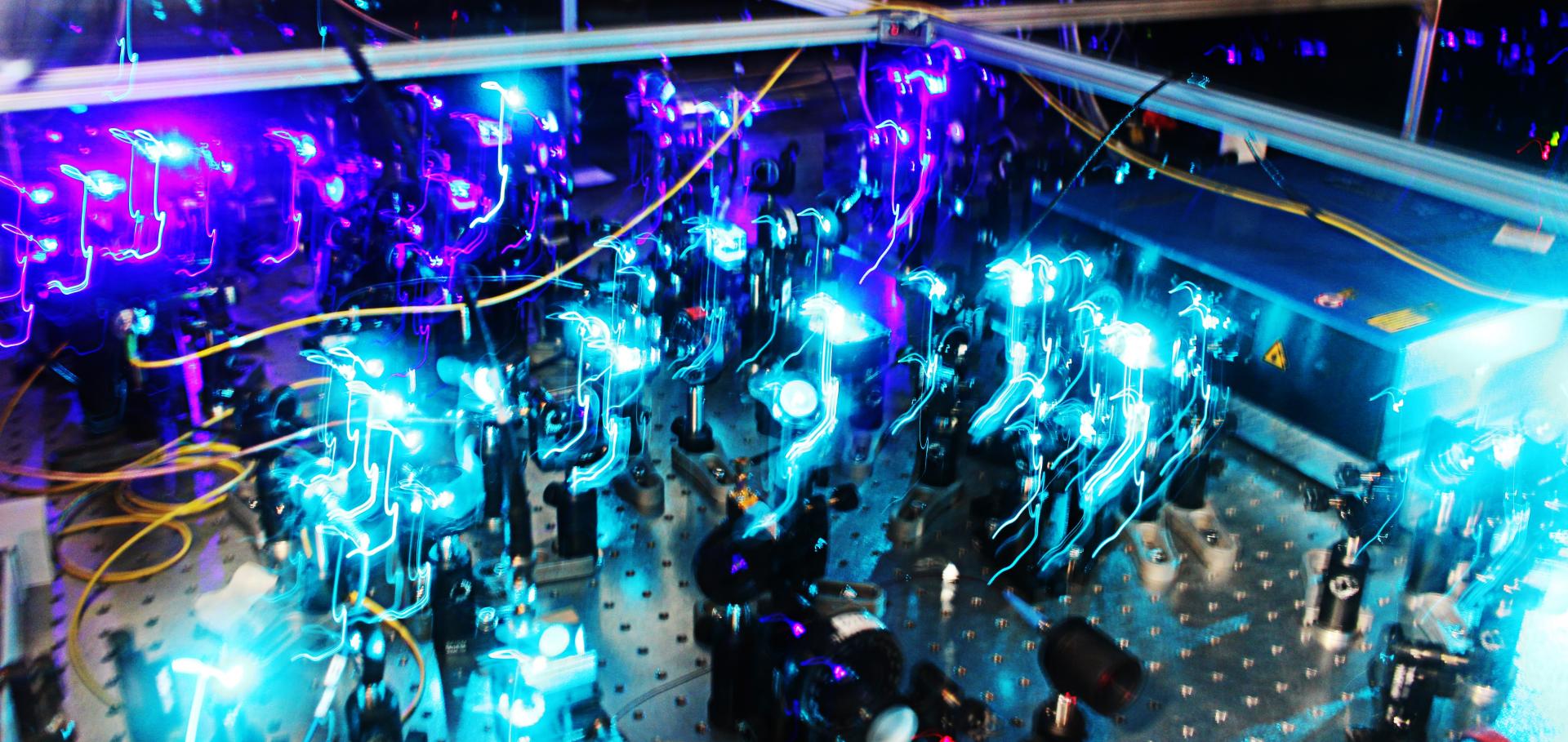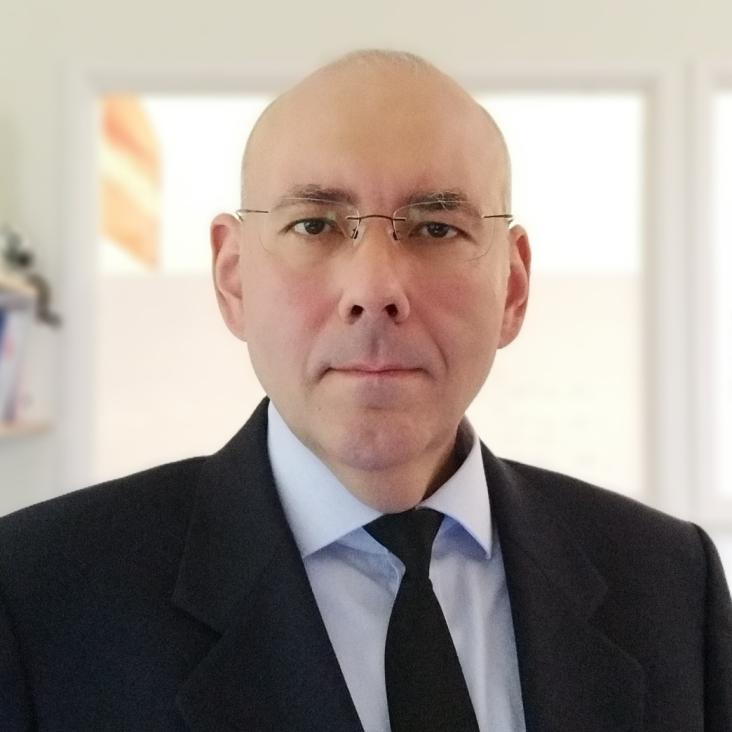Classification of macroscopic quantum effects
Optics Communications 337 (2015) 22-26
Abstract:
We review canonical experiments on systems that have pushed the boundary between the quantum and classical worlds towards much larger scales, and discuss their unique features that enable quantum coherence to survive. Because the types of systems differ so widely, we use a case by case approach to identifying the different parameters and criteria that capture their behaviour in a quantum mechanical framework. We find it helpful to categorise systems into three broad classes defined by mass, spatio-temporal coherence, and number of particles. The classes are not mutually exclusive and in fact the properties of some systems fit into several classes. We discuss experiments by turn, starting with interference of massive objects like macromolecules and micro-mechanical resonators, followed by self-interference of single particles in complex molecules, before examining the striking advances made with superconducting qubits. Finally, we propose a theoretical basis for quantifying the macroscopic features of a system to lay the ground for a more systematic comparison of the quantum properties in disparate systems.Classification of macroscopic quantum effects
Optics Communications Elsevier 337 (2015) 22-26
Abstract:
We review canonical experiments on systems that have pushed the boundary between the quantum and classical worlds towards much larger scales, and discuss their unique features that enable quantum coherence to survive. Because the types of systems differ so widely, we use a case by case approach to identifying the different parameters and criteria that capture their behaviour in a quantum mechanical framework. We find it helpful to categorise systems into three broad classes defined by mass, spatio-temporal coherence, and number of particles. The classes are not mutually exclusive and in fact the properties of some systems fit into several classes. We discuss experiments by turn, starting with interference of massive objects like macromolecules and micro-mechanical resonators, followed by self-interference of single particles in complex molecules, before examining the striking advances made with superconducting qubits. Finally, we propose a theoretical basis for quantifying the macroscopic features of a system to lay the ground for a more systematic comparison of the quantum properties in disparate systems.Classification of macroscopic quantum effects
Optics Communications Elsevier 337 (2015) 22-26
Quantum optics, molecular spectroscopy and low-temperature spectroscopy: general discussion
Chapter in , Royal Society of Chemistry (RSC) 184 (2015) 275-303
Towards witnessing quantum effects in complex molecules
Faraday Discussions Royal Society of Chemistry (RSC) 184 (2015) 183-191


